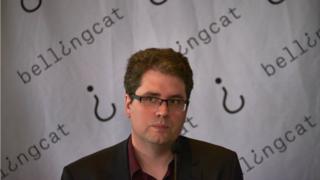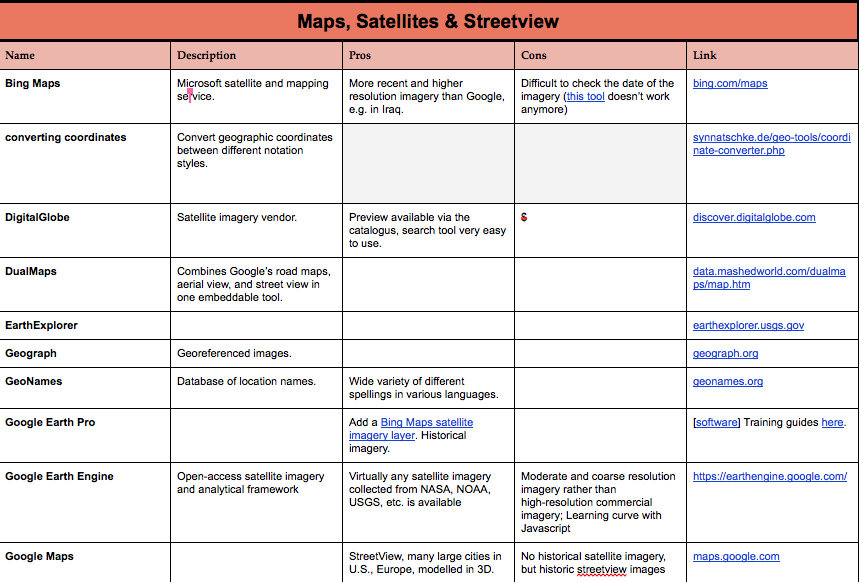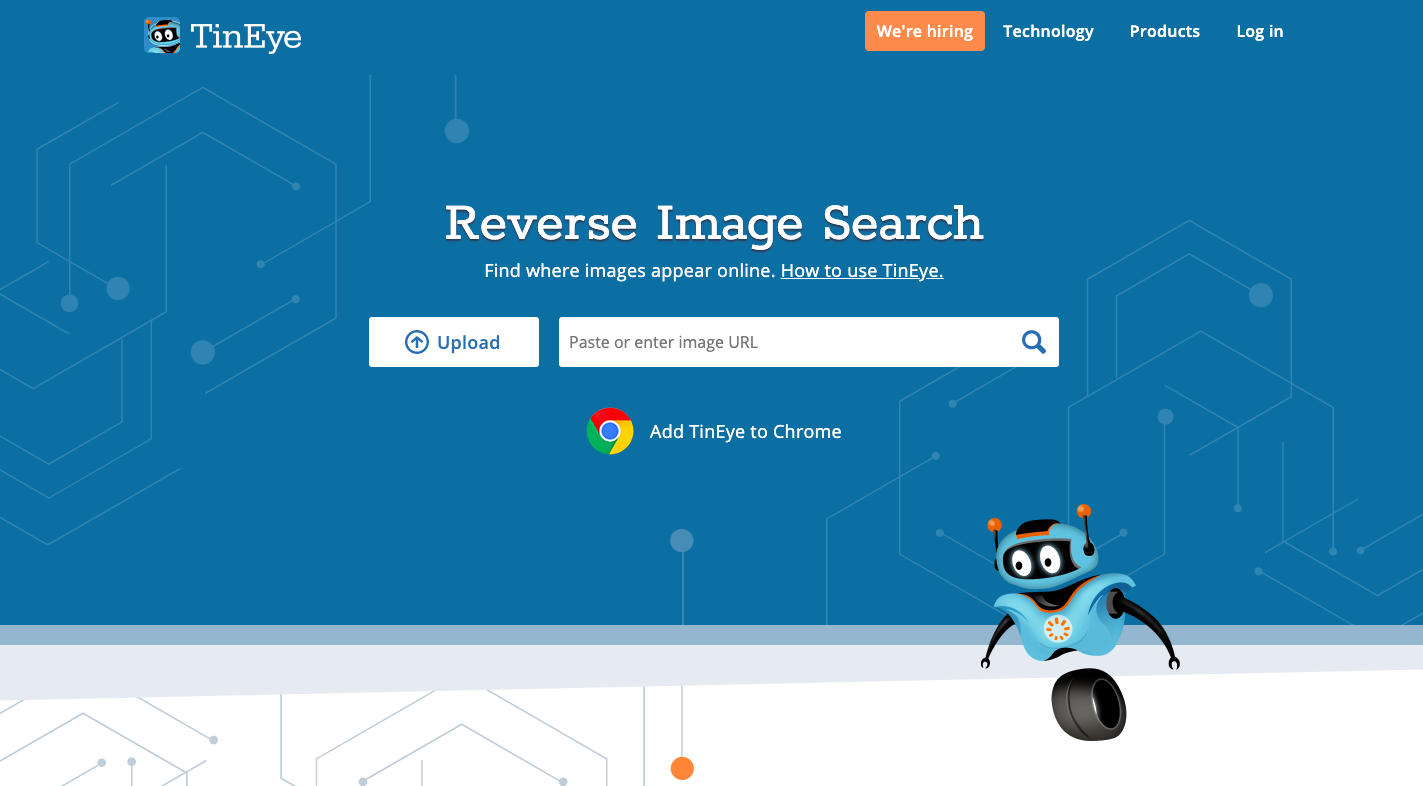
“Evil people should now be slumbering fitfully because the tools are there to find them out.” “Even if you’ve aged and are wearing a beard they will be able to find you,” she says.
#Bellingcat online toolkit tv#
She says that tracking methods that were once the domain of snooping authoritarian regimes can now be used by citizens “to find out what the security services are doing”.Īs someone who has overseen painstaking TV investigations into ethnic cleansing campaigns and war crimes, she believes open source tools offer a potential breakthrough in bringing perpetrators to justice. Online tools helped reveal Tommy Robinson’s bitcoin donations (Photo by Getty Images) People powerĭorothy Byrne, head of news and current affairs at Channel 4, describes Bellingcat’s work as “thrilling” and has asked Higgins for training.
#Bellingcat online toolkit archive#
Bellingcat has compiled a secure archive of videos from the rally to prevent the data being destroyed. Borden was found guilty of malicious wounding.

Open source methods exposed white supremacist thug Daniel Borden by matching mole patterns on his neck, seen in photos at a violent rally in Charlottesville last year, with old social media pictures flagged by former classmates. “I don’t think it will be many years before it’s something that every journalist will have working use of.” Reid expects open source techniques to expand rapidly. Robinson posted on his YouTube videos details of his Bitcoin account, which lists all transactions.


“We’re working on developing projects at the moment that will allow us to engage more with local media.” Open sourcesĪlastair Reid has been hired by the Press Association (PA) as its social media journalist and recently used open source methods to expose how the former English Defence League leader Tommy Robinson received £20,000 in Bitcoin donations after being jailed this year. “This doesn’t have to be about big international topics, I think there’s a lot smaller local press could do with online open source investigations to report on issues that affect their readers,” he tells me. The site encourages public-spirited citizens to adopt its methods in ‘Bellingcat’s Online Investigation Toolkit’, a 19-page document citing dozens of databases, mapping services and techniques for sifting photos and social networks.Įliot Higgins, the former finance worker who founded Bellingcat, believes “there’s definitely a lot more” that large news organisations could do to deploy open source investigation in their work. Bellingcat founder Eliot Higgins says there’s “there’s definitely a lot more” that news organisations can do with open source investigation (Photo: Getty Images) “The Bellingcat Method: Truth in a Post-Truth World” has been produced in the Netherlands where the Leicester-based website is admired for its work on the downing of the Malaysian airliner MH17 (shot down by a Russian missile) in 2014. Ethnic cleansing in the forests of the Democratic Republic of Congo this year was monitored remotely by Malachy Browne’s New York Times Visual Investigations Team, which used NASA satellites to decipher burned villages.īellingcat, which began as the humble Brown Moses blog, is the subject of an upcoming film documentary. Modern war crimes are unlikely to go undetected. The BBC team led by Aliaume Leroy and Ben Strick, supported by citizen journalists, Bellingcat investigators and Amnesty International researchers, outed the killers using open source methods.

The Cameroon government had previously dismissed the viral video, showing its soldiers murdering a group of women and children, as “fake news”. So the BBC’s Africa Eye investigations unit was able last month to name the perpetrators of a filmed atrocity in a remote village in Cameroon by using techniques in geolocation (satellite pictures), chronolocation (studying the sun’s position in online pictures), and social media analysis. Increasingly, in an online world where almost nothing goes unrecorded, there is no place left for killers to hide in anonymity.


 0 kommentar(er)
0 kommentar(er)
